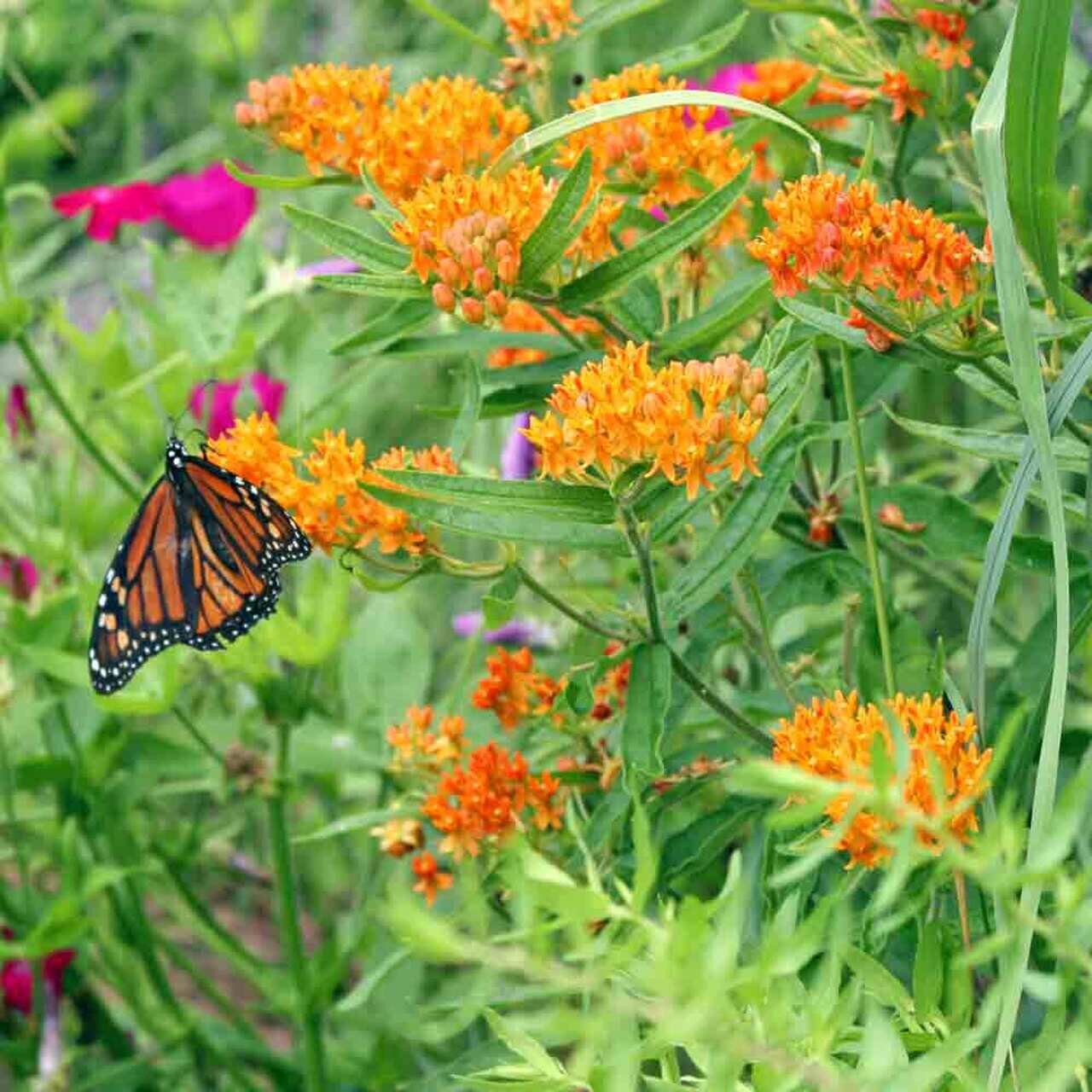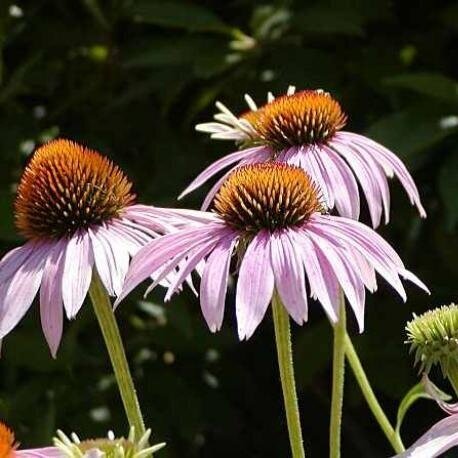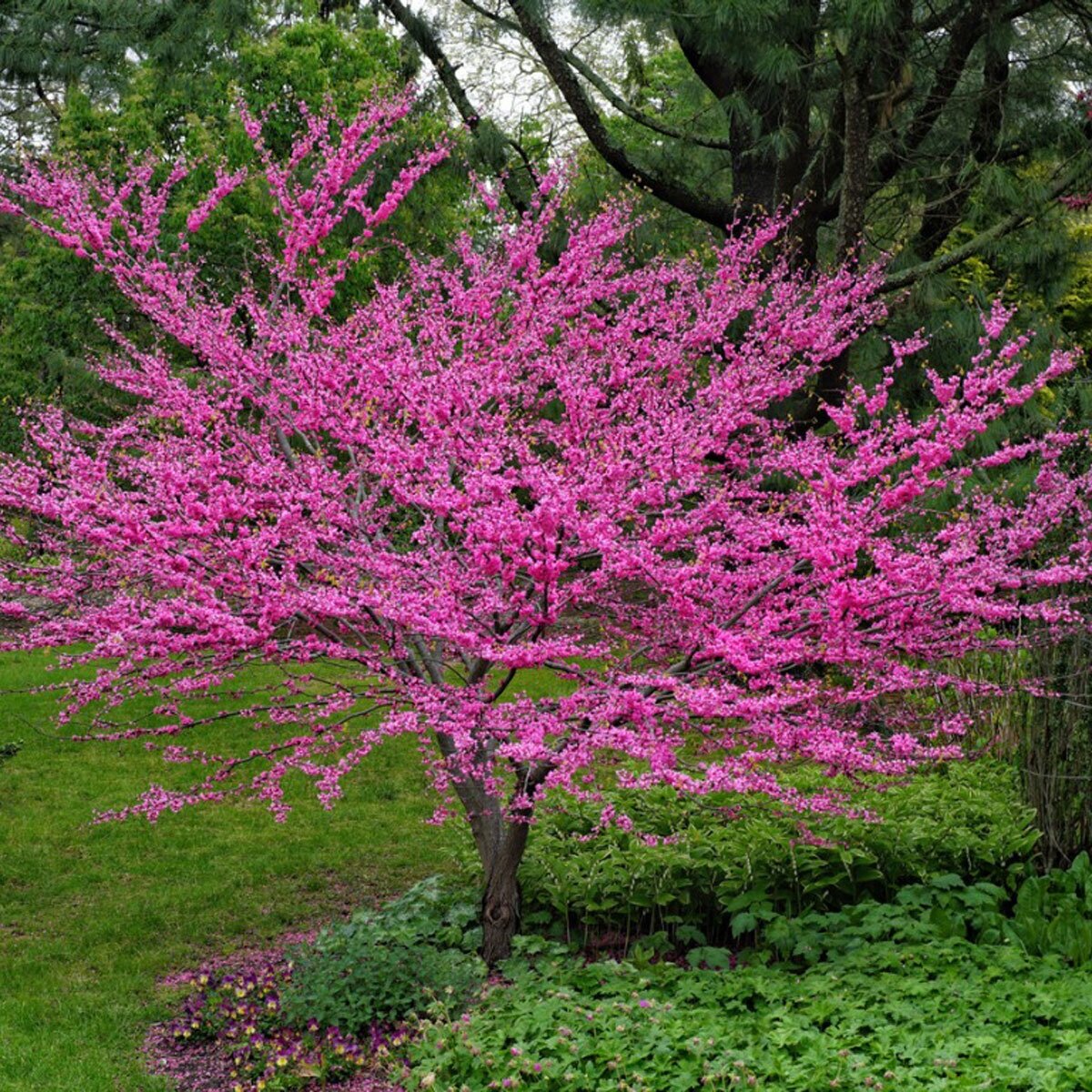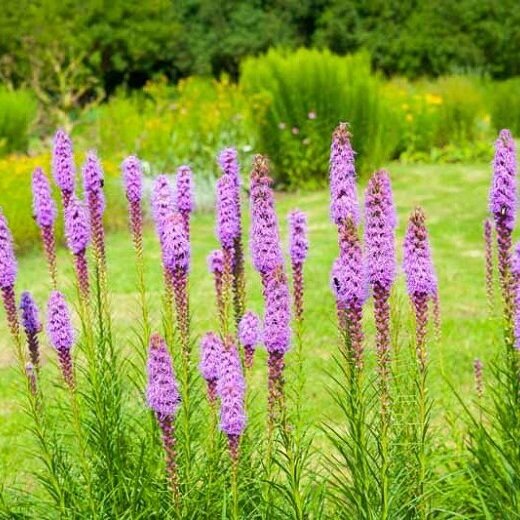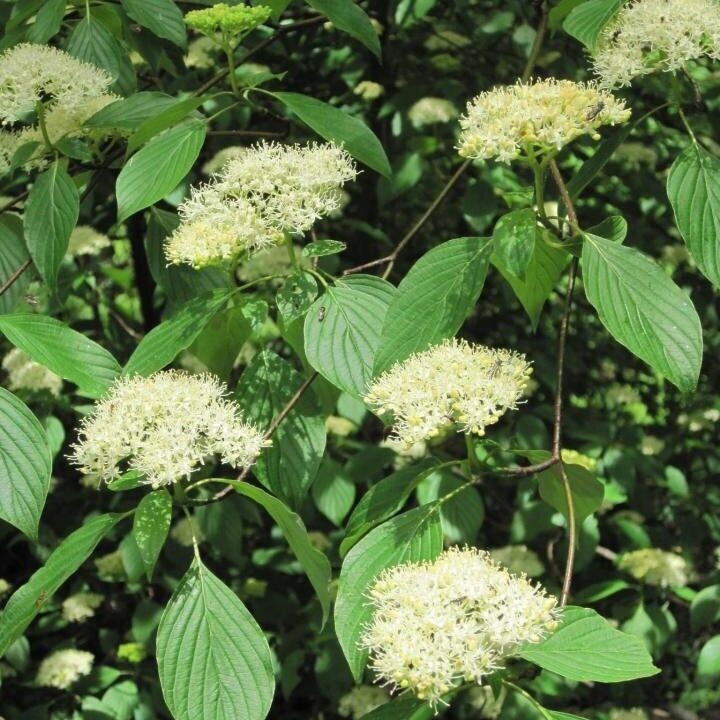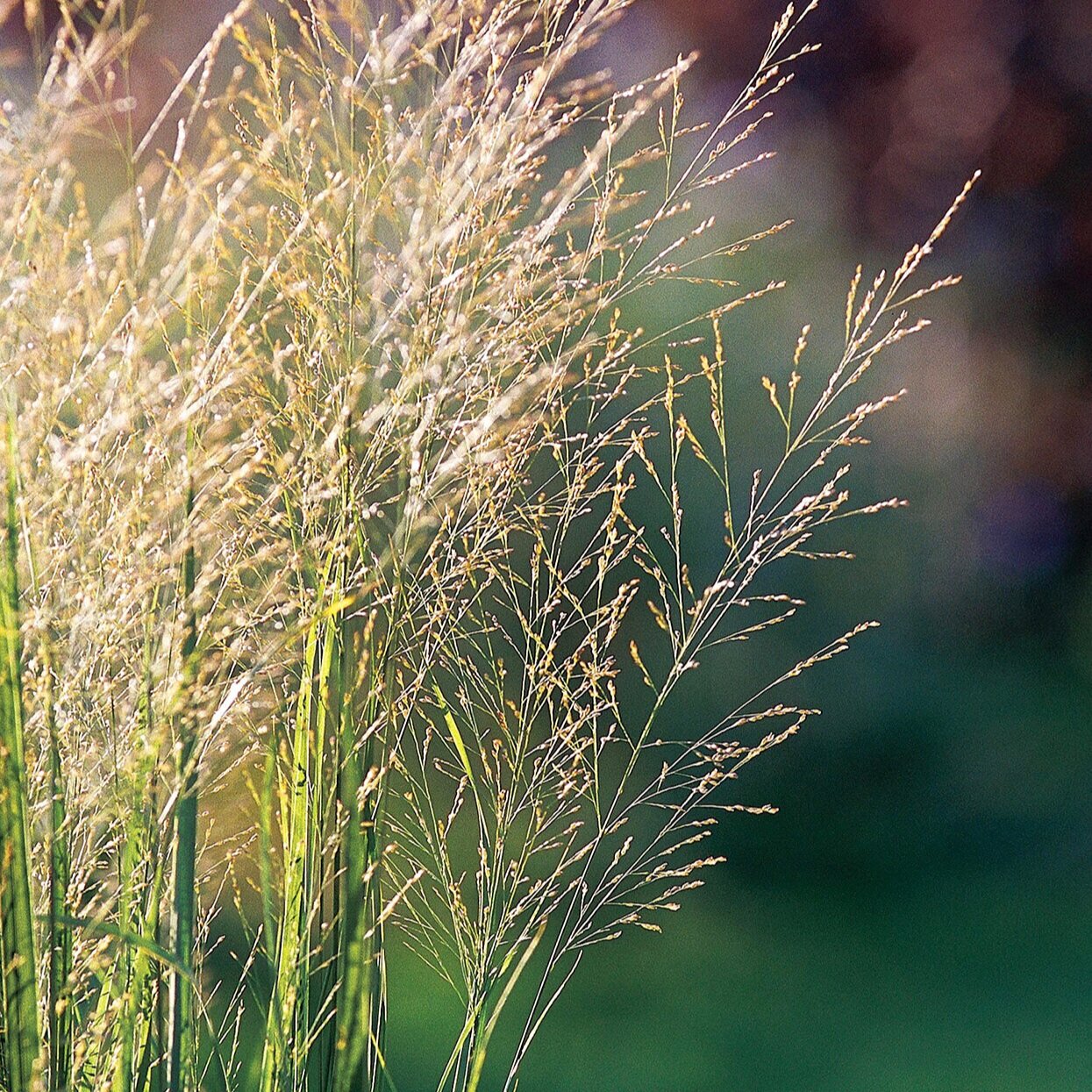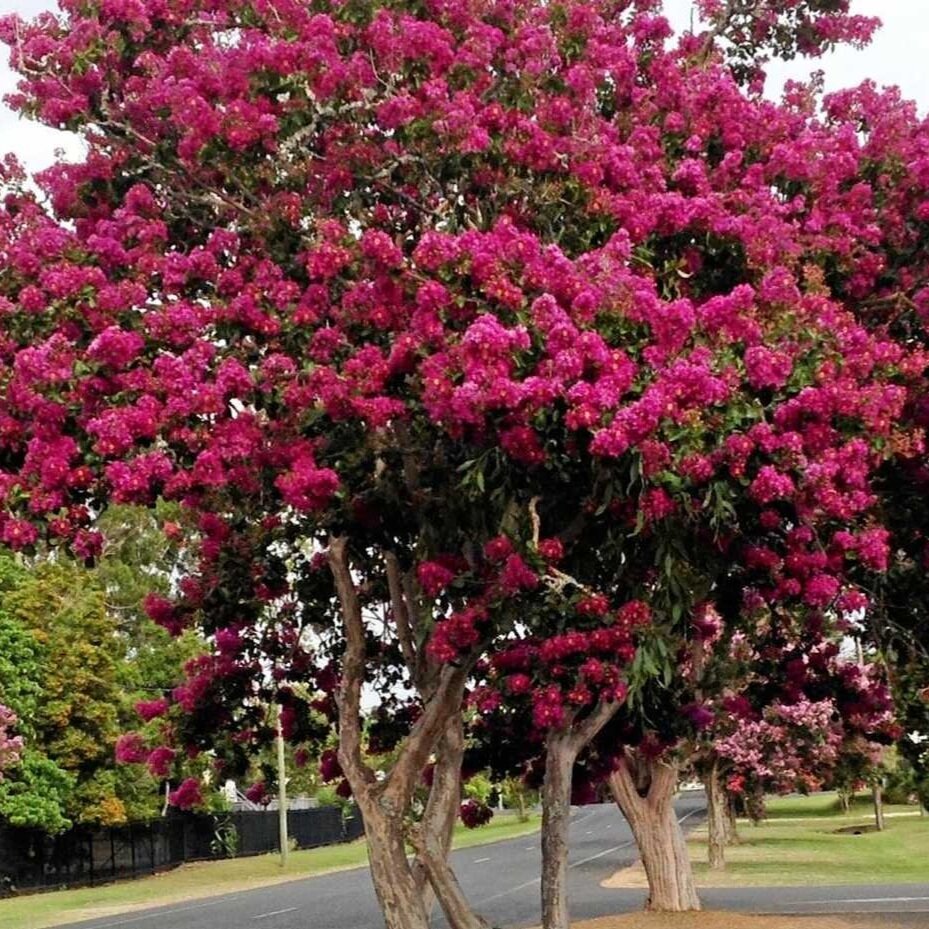
BLOG
10 Leaf And Plant Tips for Fall
Warm soil, sufficient rain, and cool weather help make for the best root growth conditions. Fall is the best time to plant trees and prepare your garden for successful winter, and even spring, sprouts.
Rake and Compost Leaves
Fall leaves make the best plant fertilizer, compost, mulch, and soil conditioner there is for your garden! Leaves need to be shredded with a mower or a leaf vacuum and compost them all together to make leaf mold. Leaf compost also makes a beautiful organic mulch for your veggies and your flower beds.Plant Garlic
Now is the time to plant garlic. You just plant it and forget it all winter and most of the spring. Plant each clove of the garlic separately. Each clove has a chance to root in before the cold temperatures of winter set in. In the springtime, each clove sends up a lovely green shoot and grows into a whole bulb of garlic by the summertime.Plant Winter Veggie Crops
Winter crops such as lettuce, kale, and spinach are all wonderful choices for some cool-weather greens. Radishes grow best when planted in cool weather and taste best when harvested young. Read the label to determine the variety you can harvest by Thanksgiving. Winter sowing can be done for certain seeds that need a cold period before blooming. Overwintering onion sets (and even some hardy peas and broad beans) are also an excellent addition.Schedule Your Last Lawn Mowing
Grass stops growing in the fall. Cut the lawn for a final time before snow covers it for the winter. This is a good time to clean and sharpen your powered yard equipment and empty any unused gasoline equipment. Stop using fertilizer on your lawn.Take Care of the 4 D’s
Fall is a prime time to remove any branches that are dead, damaged, diseased, or deranged (the 4 D’s) from your trees and shrubs. “Deranged” refers to branches growing into the center of the tree or crossing and rubbing other branches.Plant Spring-Blooming Bulbs
The fall is the perfect time to plant spring-blooming bulbs like tulips, allium, daffodils, hyacinth, and crocus. Plant them now, and you’ll be glad you did when you see them blooming after a chilly winter.Plant Cover Crops on Bare Soil
Bare soil will attract weeds, so cover that bare soil. You can use cover crops such as crimson clover or winter rye and let them take up the space. In spring, turn the cover crop back into the soil to nourish and improve the ground and help feed your spring and summer crops and flowers.Cut Back Some Herbaceous Perennials
The fall is time to cut back some herbaceous perennials that do not provide much winter interest or other benefits in the upcoming colder months. Leaves that can become soggy should be cut back. If you have native grasses like switchgrass or little bluestem, leave them standing to provide food and habitat over the cold months. You can cut the old growth in spring when the new growth begins to come up. Leafcutter bees, mason bees, and yellow-faced bees will nest in the hollow stems of many native plants. Leave your native plants standing over winter, and in the spring, instead of cutting them down. Leave 12 – 15 inches of stalk stubble standing for pollinator nesting sites.Clear Up the Garden
The fall is the time to compost, cover, and clean the vegetable gardens, flower beds, and patios. Cover outdoor furniture and bring terra cotta pots undercover. Compost and clear out dead plants from the vegetable and ornamental garden. Yard waste composts most quickly if it is shredded or mulched before composting. Leaves with signs of disease should be otherwise discarded (do not add them to the compost pile).Apply Winter Mulch
Mulch empty vegetable and ornamental beds with shredded leaves or mulch to insulate the soil from extreme temperature swings. You can use shredded leaves to keep the planting ground stable against too many freeze/thaw cycles. Apply mulch after the ground has frozen.
Dawn Taft Has Gardening Advice
Dawn Taft is the City of Hyattsville’s Manager of Environmental Programs. She’s an ISA certified arborist, horticulturist, Chesapeake Bay Landscape Professional and her extensive experience in Prince George’s County means she’s an expert in local flora and fauna.
Dawn didn’t intend to make a career out of her love of plants. After 17 years in the office at Melwood Horticultural Training Center, she decided to put her accrued knowledge to use and get certified as a horticulturist. She was sponsored by Melwood to obtain this certification through The Maryland Nursery, Landscaping, and Greenhouse Association (MNLGA). A few years later, Melwood needed an arborist at Fort Meade–so Dawn got that certification as well. Now she works for the City of Hyattsville. She’s still in an office sometimes but spends much of her time around Hyattsville handling native planting, soil retention, invasive species removal, public landscaping, tree maintenance, and more.
Consequently, Dawn is in a unique position to be an expert in Prince George’s County flora and fauna. We picked her brain for gardening tips and tricks, so come this spring your landscaping can be beautiful, low maintenance, and environmentally friendly.
Why is it so important to plant native plants? Without native plants, we cannot support our native wildlife.
Scenario 1: Native Oak Tree
A native oak tree is planted. The oak tree is home to over 500 different caterpillars and other species of insects which help to feed and support our native wildlife. These insects are fed on by native birds and small animals. The native birds and other small animals are fed on by larger birds of prey and other natural predators. As a result, local wildlife populations are kept in check at their natural levels and local flora and fauna flourish.
Scenario 2: Non-Native Amur Bush Honeysuckle
These shrubs spread uncontrollably, choking out native plants. Additionally, the dense cover of the Bush Honeysuckle provides shelter for potential food sources such as field mice, voles, and rabbits. Wildlife and birds of prey are unable to reach these ground dwellers, and populations suffer because of the lack of available food. This prevents the establishment of native flora and fauna and contributes to wildlife decline.
There are benefits to planting native this spring beyond the environment–native plants need less work, as they are built to thrive in this area without help. That means less watering, and you can worry less about the amount of direct sunlight or types of soil you are planting in. If you are interested in including native plants in your landscaping, Dawn has some suggestions.
Plants to Look For
Plants to Avoid
Inspired to start planting native? Here are some resources:
Dylan Tuttle Proves Age is Just a Number
At 6 and a half years old, Dylan has done more for the community than many adults. With the help of his mom, Meaghan, he regularly organizes community cleanups around his neighborhood of Fort Washington. He advocates for recycling. He gardens. He’s curious about the world around him, and together with his family, they research ways to put his passion for being green to work.
An Interview With Dylan
What made you want to do a trash cleanup?
I really like animals, so I wanted to keep them healthy. So I clean up as much trash as I can.
What are your favorite animals that live in Prince George’s County?
I like grey squirrels. My sister and I are also obsessed with deer. And there are a lot of bald eagles and turkey vultures that have been coming around recently.
What do you need to clean up trash?
You need grabbers, trash bags, and a plan to where you are going to go.
Do you do any gardening?
Yes, I garden and plant with my family. I love blueberries, cucumbers, and pumpkins best (for pumpkin pie). This year we planted a pollinator garden to attract hummingbirds. I really want to see a hummingbird, I’ve never seen one before.
What is a pollinator garden?
A pollinator garden has a lot of flowers for hummingbirds, bees, wasps, ants, butterflies, and moths, But not Kinkajou because they aren’t native to our habitat. A garden for bees is very important because they protect the flowers and help them grow. I learned all about bees when I went to my aunties bee hive!
Hear Dylan and his sister talk about their experience at the beehive!
Do you have any fun facts about bees?
Worker bees can only sting once! That’s why there are always reinforcements. And in the winter, hives kick out the drones (males) and close up the holes in the beehives to keep warm.
What are other places you learn about the environment?
My favorite show to watch is The Wild Kratts. We love the NatGeo series on Disney+. I also get books from the library, like Jerry Pallotta’s “Who Would Win?” series. We love podcasts, like But Why, Wow in the World, Smash Boom Best, and Cool Facts About Animals.
We also have our own podcast! It’s called “What Are You?”. We have a color spinner and it has different animals. Each week we spin and land on an animal. Then we watch a documentary (usually on YouTube) and go to the library to learn about the animal.
What are your favorite places to go in your neighborhood?
We go to Huntley Meadows Park, Captain’s Cove Park, and Fort Washington Park. We also go to the National Zoo and National Aquarium to see the animals we learn about!
Dylan is a brilliant, inquisitive kid, and we love talking to him–but we also wanted to hear from his mom, who works hard to encourage Dylan and his siblings to embrace their curiosity!
Meaghans’ Tips for Parents
As you can tell, Dylan’s mom works hard to encourage Dylan’s love of learning. When Dylan discovered his passion for all things environmental young, she gave him the support he needed to learn and grow his passion. Here are three tips she gave us for parents of kids who want to learn about, and help, our environment:
Get outside! This is especially important in the era of virtual schooling. Meaghan takes Dylan and his siblings to local parks to explore, and on longer day trips to national parks and outdoor sights. It helps the kids work off some energy, and learn about the world around them in a hands-on setting. At home, they embrace nature in their garden.
Take advantage of the library! The local library keeps the Tuttle’s supplied with books, movies, and more, as well as hosting events virtually. The resources are all free, and green–since they are all shared within the community, rather and used and discarded!
Let your kids lead the way! Dylan found a fascination with animals early on, and Meaghan gave him the support, information, and encouragement to pursue his passion. When Dylan wanted to start cleaning up parks, Meaghan gathered the supplies, friends, and information needed to do so safely. Her backing of Dylan’s ideas and goals has kept her family learning about and working for the environment.
Other Resources for Parents and Kids
The Prince George’s County Department of Parks and Recreation
The Environmental Protection Agency (EPA)
The World Wildlife Fund (WWF)
Waste Prevention Tips for Around Your Home
Waste prevention is the practice of eliminating waste before it is created–essentially, needing less material to get the job done.
Waste prevention is the practice of eliminating waste before it is created–essentially, needing less material to get the job done. The benefits of waste prevention include reduced energy consumption and pollution, conservation of natural resources, extension of valuable landfill space, and substantial savings through reduced purchasing costs and disposal costs.
Purchase items in bulk or economy size.
Purchase items in reusable containers.
Purchase only those items that you need.
Purchase high-quality, long-lasting products.
Repair older items rather than purchasing new ones.
Use reusable shopping bags.
Use cloth towels, napkins and rags instead of disposable paper products.
Avoid using disposable cups, plates and cutlery.
Use rechargeable batteries whenever possible.
Return unwanted clothes hangers to the dry cleaners for reuse.
Donate unwanted or needed items (food, clothing, equipment, furniture, appliances) to charitable organizations.
Rent infrequently used tools or equipment.
Waste Prevention Tips for the Office
People recycle when it’s convenient. Make it easy for employees to recycle by meeting them where they already are (at their desk) with a bin.
Go (nearly) paperless. While recycling is helpful, the biggest impact comes from using less paper. With programs like Google Docs that allow you to write, edit, and collaborate for free online and Dropbox, a free service that makes it easy to sync and share files, it’s easier than ever to eliminate the amount of paper you use in the workplace. Consider adding a “think before you print” message to the bottom of your emails as a friendly reminder to coworkers.
Keep a paper recycling bin within arm’s reach. People recycle when it’s convenient. Make it easy for employees to recycle by meeting them where they already are (at their desk) with a bin.
Print smarter. Sometimes printing is necessary. Save up to 50 percent on paper costs by having employees set their defaults to print double-sided, and ask employees to use the “Print Selection” function, which encourages them to only print what they need and reduces wasted sheets of paper.
Provide real dishes and silverware. K-Cups may seem economical because you can make one cup of coffee at a time, but they are much more expensive than coffee beans. Those millions of little plastic cups can’t be recycled and go straight to the landfill. Invest in a machine that grinds the beans to make one cup at a time, and buy coffee beans in bulk to save money.
Reuse binders and file folders. Provide label stickers so employees can write over and reuse binders and file folders instead of throwing them away after one use.
Provide filtered water. Install a filtered water tap so employees can pour a glass of water instead of grabbing a disposable plastic water bottle. Your company will save money on bottled water, and landfills will be spared of more plastic.
Invest in equipment that is high-quality, durable and repairable.
Make Your Own Green Cleaning Products
Many household cleaners contain materials that may be harmful to the environment. You can detoxify your home by making your own environmentally safe and effective products.
Many household cleaners contain materials that may be harmful to the environment. For instance, phosphates, found in many cleaners, detergents and soaps, when washed into waterways can cause water blooms of algae and bacteria that can kill fish and aquatic plants. Other chemicals found in common household cleaners may include neurotoxins, carcinogens, allergens and heavy metals.
Most stores and online retailers sell natural cleaning products that offer environmentally safe, cost-efficient alternatives to the toxic and potentially lethal household cleaning products used in many homes today. When shopping, look at the labels and make the switch to natural products. You can also detoxify your home by making your own environmentally safe and effective products.
Homemade Alternatives to Toxic Household Products:
All Purpose Cleaners:
1 cup of baking soda in 1 gallon of hot water
¼ cup of borax and 1 tablespoon liquid soap in 1 gallon of hot water
Deodorizers:
Baking soda or cornstarch
Zeolite is a non-toxic mineral that absorbs odors, bacteria and mold
Disinfectants:
Citrus-based products
Mix ¼ cup borax with ¼ cup white vinegar in hot water
Drain Cleaners:
Use ¼ cup baking soda, followed by ½ cup vinegar, cover until fizzing stops, and then flush with boiling water
Use a plunger or drain snake on major clogs
Metal Polishes:
Brass: Olive oil retards tarnishing
Chrome: Polish with baby oil
Copper: Use a paste made of lemon juice and cream of tartar, leave on for 5 minutes, wash in warm water
Laundry Products:
Use borax instead of bleach
To remove blood stains, soak in cold water, club soda or hydrogen peroxide
Oven Cleaners:
Apply a baking soda paste, let stand for 1 hour to overnight
Self-cleaning ovens work well and use no cleaners
Scouring Powder:
Baking soda paste
Pumice stick on porcelain surfaces
Toilet Bowl Cleaners:
For rings, mix borax and lemon juice into a paste, cover ring with paste, let sit for 2 hours
Pumice stone will remove stains
Tub And Tile Cleaners:
Use ½ cup of borax in hot water
Sprinkle with baking soda
Protect Your Home Against Flooding
Retrofitting existing buildings or regrading a yard can help reduce the potential for flood damage to structures and their contents.
Retrofitting existing buildings or regrading a yard can help reduce the potential for flood damage to structures and their contents. This can include:
Elevating buildings above flood levels.
Wet or dry flood proofing (commercial structures only).
Installing backflow preventers to protect floors and contents from sewer backups.
A building permit may be required for retrofitting and structural projects.
Temporary Measures
There are temporary measures that can help to protect your property during a flood event, such as:
Planning ahead about where and how you will move furniture out of harm’s way.
Keeping materials like sandbags, plywood, plastic sheeting and lumber handy for emergency waterproofing.
Clearing brush and debris away from storm drains and ditches so water can drain away from the structure.
Substantial Improvements
Homeowners who are planning substantial improvements to their structure should contact the Prince George’s County Department of Permitting, Inspections and Enforcement (DPIE) for a residential building permit. Elevating or flood proofing may be required if you plan to substantially improve your existing structure (the cost of the improvement or add-on is up to 50% of the value of the existing structure).
If your property is substantially damaged by a flood (50% of the value of the building), Federal regulations may require you to elevate or flood proof before you can rebuild. The document titled “Answers to Questions about Substantially Damaged Buildings” (FEMA-213, May 1991) will help answer questions on this topic and can be obtained free online or by calling 800-480-2520.
For additional questions about substantial improvements, or for information on permitting, please contact Paul DeSousa at 301-883-5871.
Additional Resources
“Residential Drainage: A Homeowner’s Guide to Drainage Problems and Solutions” available from Prince George’s County. This free guide can be obtained by calling Moses Fadiran at 301-883-5768.
“Homeowner’s Guide to Retrofitting: Six Ways to Protect Your House from Flooding” (FEMA Publication #312), includes information on protecting a structure from flooding and information about available financial assistance. You can get this free guide by calling 800-480-2520 or online.
For additional questions about these types of projects, or for information on permitting, contact the Prince George’s County Department of the Environment at 301-883-5776.
Being a Responsible Consumer With Hazardous Waste
Be a responsible consumer by reducing hazardous waste. And keep hazardous waste out of the reach of children and animals, and away from food, water, and heat sources.
When you reuse, recycle, or reclaim hazardous water, you can avoid environmental hazards, protect scarce natural resources, reduce our reliance on raw materials and energy and provide economic benefits. Hazardous waste, when improperly disposed of, can have disastrous effects on our land and water.
The hazardous waste you may have around the home is any unwanted household product labeled as flammable, toxic, corrosive, or reactive. Most commonly, these are aerosols, anti-freeze, asbestos, fertilizers, motor oil, paint supplies, photo chemicals, poisons, and solvents.
Be a responsible consumer by reducing hazardous waste.
Buy Responsibly
Compare and read product labels.
Buy only what you need.
Purchase or make your own environmentally friendly non-toxic cleaning products.
Use latex paint instead of oil-based paint.
Store Responsibly
Keep hazardous waste out of the reach of children and animals, and away from food, water and heat sources.
Store materials in their original containers with labels intact.
Separate flammable, corrosive and poisonous products.
Dispose Properly
Always try to purchase only the amount needed.
Never place hazardous waste in recycling receptacles or trash cans.
Don’t flush hazardous waste down toilets, household drains or in storm drains.
Deliver excess household hazardous waste in their original container with label intact to the Prince George’s County Household Hazardous Waste Acceptance Site. (If the product label is not legible, use a permanent marker to write the chemical name on the container).
5 Ways To Protect Our Water
There are 3.8 million acres of turf in the Chesapeake Bay watershed, so minimizing the use of pesticides and fertilizers and reducing stormwater runoff from lawns is vitally important for local and regional water quality.
Prince George’s County is located on the Anacostia River Watershed, a rich natural area that is part of the Chesapeake Bay Watershed. Watersheds are natural filtration systems, supply our drinking water and water for agriculture and manufacturing, offer opportunities for recreation, and provide habitat to plants and animals. Because of this, every action we take to help (or harm) the Anacostia River Watershed affects the Chesapeake Bay Watershed and the 18 million people who live, work, and play there.
Here are ways you can help keep this crucial ecosystem clean:
Become Stormwater-Wise
What happens when rain hits your yard? Where does it collect and where does it run off? Does the water pool anywhere? Do you have any eroding slopes? To learn more about assessing your yard for stormwater problems, attend a Stormwater Audit.
Make Your Lawn a Sponge
There are 3.8 million acres of turf in the Chesapeake Bay watershed, so minimizing the use of pesticides and fertilizers and reducing stormwater runoff from lawns is vitally important for local and regional water quality. Learn how to save money and improve your lawn at a Lawn Care Clinic.
Install Landscape Practices That Capture Stormwater
Rain barrels, trees and rain gardens can slow stormwater down, spread it out and soak it into the ground. The Prince George’s County Rain Check Rebate Program makes using these and other practices more affordable than ever.
Make Your Landscape a “BayScape”
Lush native plantings can soak up to 14 times more stormwater than a typical lawn. Instead of using lots of fertilizer, pesticides and water to make exotic plants grow, choose native plants that will thrive in the conditions you already have. Find more information on BayScaping.
Pick Up After Your Pet
It’s more than being neighborly: Pet waste contains bacteria and other pathogens. In fact, just 1 gram of pet waste contains an average of 23 million fecal coliform bacteria. Large amounts of fecal bacteria in a stream indicate an increased risk of pathogen-induced illness New York State DEC (PDF). Gastrointestinal, respiratory, eye, ear, nose, throat, and skin infections can result from contaminated water. This is one reason it’s not safe to enter waterways right after it rains.
